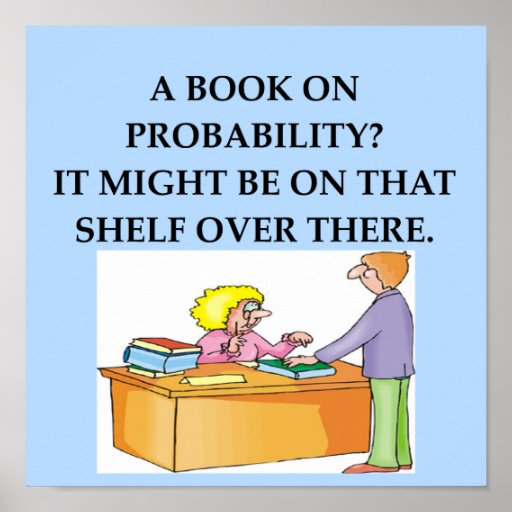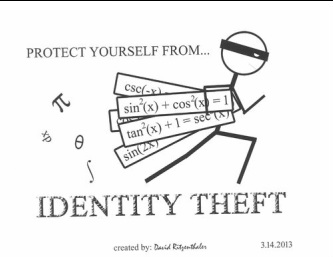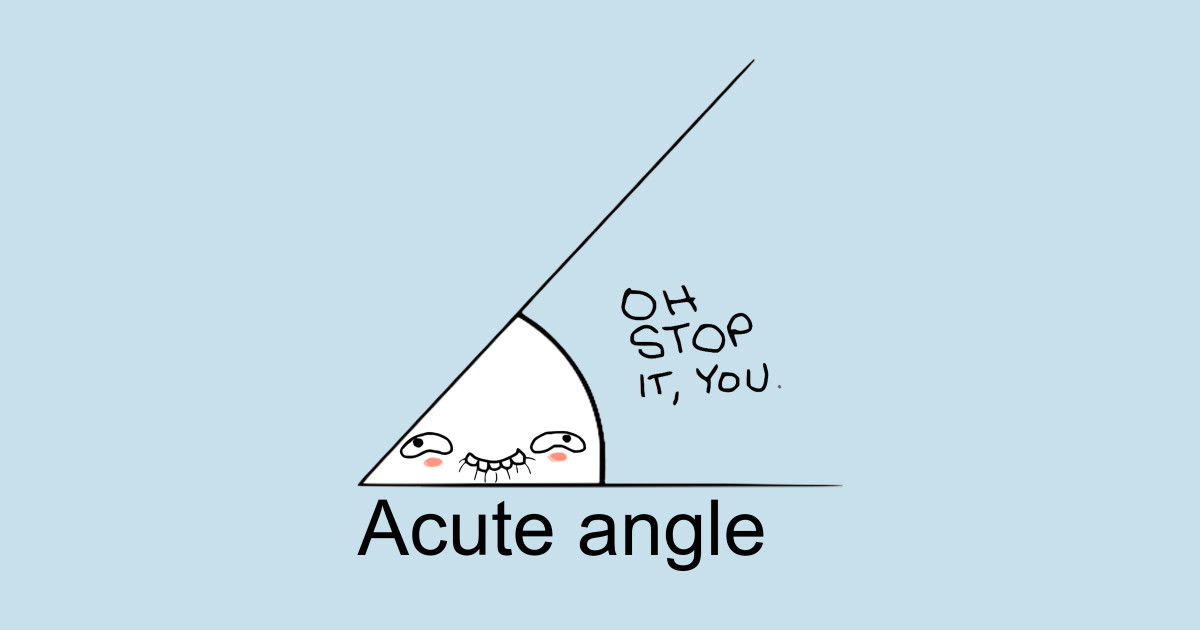Regular Day
Monday, March 13, 2017
Graphs on Semi-Log Graph Paper
What is the difference between a semi-log graph and a rectangular graph? First off, a semi-log graph is meant to graph exponential functions. A semi-log graph is meant to be used for exponential growth functions. A rectangular graph is used only for regular functions or for non-exponential functions. The semi-log graph is useful because it is the most efficient way to demonstrate an exponential function where the exponent is unknown on a graph. A disadvantage to this is that a rectangular graph allows more accurate functions to be seen. A graph with a logarithmic graph scale can be misleading because most people who would see a straight line on a semi-log graph would assume that the function was a normal function without knowing the function is an exponential growth function.
Wednesday, March 1, 2017
Exponential Functions
Exponential Functions are quite frankly not emphasized in society for how impactful it can be. An exponential function is a function in which the value is raised by the power of the number. For example, f(x)=3 to the x power, is an exponential function. Here's another example that exponential functions can be represented in quite a fiction way. Every time someone yawns, 5 more people yawn in response, this problem happens in the span of eight seconds. If x equals the amount of seconds and y equals the people, it is clear that if you plugged in a large x-value, you would receive an extremely high y-value. For instance, once 100 second passes, 545,915,033 people are now yawning. Think of it like an unstoppable virus, it spreads rapidly and intensely fast. If this were to be represented in a graph, it would look like this.

The function can usually be expressed with the following equation. y=number^x. But what determines the graph to become thinner is how much higher the initial number is. Which function would look more like a straight line when graphed, y=10^x or y=100^x? The answer is y=100^x power as the first equation would be (10)(10) if the constant is in the power of two, but the second equation would be (100)(100). As it is evident, the outcome of an exponential function will most of the time produce a high number because of how intensely the number grows when x is changed.

The function can usually be expressed with the following equation. y=number^x. But what determines the graph to become thinner is how much higher the initial number is. Which function would look more like a straight line when graphed, y=10^x or y=100^x? The answer is y=100^x power as the first equation would be (10)(10) if the constant is in the power of two, but the second equation would be (100)(100). As it is evident, the outcome of an exponential function will most of the time produce a high number because of how intensely the number grows when x is changed.
Thursday, February 23, 2017
Pascal's Birthday
Pascal's Triangle carries significance throughout the history that it has been used in various ways. One of these main ways that the Pascal's Triangle is used is by foiling. For example,


This method of the Pascal Triangle is used basically as a short cut to understanding how to foil more complex polynomial factoring. This works by having the exponent of the quadratic equation match the row in the Pascal triangle. There are many more ways that the Pascal Triangle has been useful, one of these ways is by finding the power of 11. In this instance 11 to the power of 4 matches the fourth row in the Pascal Triangle! But when the power of 11 is changed to 7, we find that the answer is 17213535 2171? 11 to the power of 7 is 19487171. In order to solve this we take the tens place of each number in the 7th row in the triangle and add them to the ones place to the number from right to left
1 7 21 35 35 21 7 1= eigth digit 1
seventh digit 7
sixth digit 1
fifth digit 2+5=7
fourth digit 3+5= 8
third digit 3+1= 4
second digit 2+7=9
first digit 1
Here's also two types of Pascal's triangles;


This method of the Pascal Triangle is used basically as a short cut to understanding how to foil more complex polynomial factoring. This works by having the exponent of the quadratic equation match the row in the Pascal triangle. There are many more ways that the Pascal Triangle has been useful, one of these ways is by finding the power of 11. In this instance 11 to the power of 4 matches the fourth row in the Pascal Triangle! But when the power of 11 is changed to 7, we find that the answer is 17213535 2171? 11 to the power of 7 is 19487171. In order to solve this we take the tens place of each number in the 7th row in the triangle and add them to the ones place to the number from right to left
1 7 21 35 35 21 7 1= eigth digit 1
seventh digit 7
sixth digit 1
fifth digit 2+5=7
fourth digit 3+5= 8
third digit 3+1= 4
second digit 2+7=9
first digit 1
11 to the power of 7 is 19487171
Here's also two types of Pascal's triangles;
Pascal
Pascal Pascal
Pascal Pascal Pascal
Pascal Pascal Pascal Pascal
Pascal Pascal Pascal Pascal Pascal
Pascal Pascal Pascal Pascal Pascal Pascal Pascal Pascal Pascal Pascal Pascal Pascal Pascal
Monday, January 9, 2017
1. Here at "Regular Day" we only include the most critique and exceptional math jokes to put on this blog. For example:
Here at "Regular Day" we only include the most critique and exceptional math jokes to put on this blog. For example:
2. a true classic.
a true classic.
3.Yeah I'm the intersection of two faces of a 3d object.
im so edgy....
4.
5.
6.
7.
8.
9.
10. Now I finally have 10 math jokes!
Wheres the last one?
I have ten because I rounded? :D
 Here at "Regular Day" we only include the most critique and exceptional math jokes to put on this blog. For example:
Here at "Regular Day" we only include the most critique and exceptional math jokes to put on this blog. For example:2.
3.Yeah I'm the intersection of two faces of a 3d object.
im so edgy....
4.

5.

6.

7.

8.

9.

10. Now I finally have 10 math jokes!
Wheres the last one?
I have ten because I rounded? :D
Friday, November 11, 2016
Pick's Theorem
When calculating the area
of a parallelogram, the normal and most well-known is to multiply base and
height. But in 1899, George Alexander Pick discovered a new, innovative way of
solving the area of any polygon that involves using the grid.



1.


To understand the Pick’s
Theorem, the variables of the equation has to be defined. “i” is the variable
for the number of interior points completely in the polygon. “b” is the
variable for the number of points the polygon is touching, so basically the
points on the side. Now the equation for Pick’s Theorem is A= i + (b/2) -1. So
the polygon in figure 1 has 39 exterior points so i is 39. It also has 14
points that are touching the polygon so b is 14. Finally the equation is
A=39+(14/2)-1
A= 39 + 7 -1
A= 45
The
following are example and the answers for Pick’s Theorem
Figure 1

Green Polygon: A = 4 + (4/2)-1, A= 4+ 2-1, Area equals
5
Yellow Polygon: A =5 + (5/2)-1, A= 5 + 2.5 -1, Area equals
6.5
Blue Polygon: A = 2 + (9/2) – 1, A = 2 + 4.5 – 1, Area
equals 5.5
Figure 2

Red Polygon: A = 0 + (4/2) -1, A = 0 + 2 – 1, Area is
1
Blue Polygon: A = 4 + (6/2) – 1, A = 4 + 3 – 1, Area
is 6
Gray Polygon: A = 1 + (3/2) – 1, A = 1 + 1.5 -1, Area
is 1.5
Green Polygon: A = 0 + (5/2) -1, A = 2.5 – 1, Area is
1.5
Figure 3

For these polygons, prove that A = Q + R in more than
1 way.
A Polygon: A = 25 + (13/2) – 1, A = 25 + 6.5 – 1, Area
is 30.5
Q Polygon: A = 10 + (12/2) – 1, A = 10 + 6 -1, Area is
15
R Polygon: A = 11 + (11/2) – 1, A = 11 + 5.5 -1, Area
is 15.5
Q + R Polygon: Area of Q + R Polygon is 30.5, Area of
A polygon is 30.5
The second way to find the area of this polygon is to make the entire polygon consist of one square. Then subtract all the shapes that are not part of the original figure.
Area of Yellow Polygon: 8 * 6= 48, 2 * 6(1/2)= 6, 2 *
2(1/2)= 2, 4 * 3 (1/2)= 6, 3 * 1 = 3, 1 * 1 (1/2)= 1/2 , 6+2+6+3+0.5=17.5.
48-17.5=Area is 30.5
Area of Purple Polygon: 6 * 7 = 42, 1 * 2(1/2)= 1, 1 *
2(1/2) = 1, 1 *1 = 1, 1 * 2(1/2)= 1, 2 * 2= 4, 1 * 1 (1/2)= ½, 1*1 (1/2= ½, 5 *
2= 10, 2 * 2(1/2)= 2, 4 * 3(1/2)= 6, 1+1+1+1+4+.5+.5+10+2+6=27, 42 -27=Area is
15.
Area of Green Polygon: 6 * 6= 36, 3 * 1= 3, 1*1(1/2)=1/2,
2*6(1/2)= 6,1 *2(1/2)=1, 1*1=1 , 1*2(1/2)=1, 3*2=6,1*2(1/2)=1,1*2(1/2)=1,
3+.5+6+1+1+1+6+1+1=20.5, 36-20.5=Area is 15.5
Area of Q + R: 15.5+15 = 30.5
Pick’s Theorem is indeed very useful because it is a
formula that is able to discover the area of any polygon. This theorem can even
be used for complex polygons containing holes. By using Pick’s Theorem, a
simple translation for the equation of any polygon is possible.
Sources:
http://jwilson.coe.uga.edu/emat6680fa05/schultz/6690/pick/pick_main.htm
Tuesday, October 25, 2016
A Response to the Fourth Dimensions
A Response to the Fourth Dimensions
Wow. When talking about the fourth dimension, things get way to confusing but I found it very interesting. The fact that the universe can be a dilation of itself or the second dimension or that there is possibly an infinite amount of dimensions fascinates me. A question I would have though is that since the second dimension is viewed through our third dimension, and apparently the third dimension is viewed through the fourth dimension. Does that make our universe consisted of the fourth dimension that is outside or inside the plane of our universe which is the third dimension? I found this topic very interesting and I hope that I will research about it more. Also, is the fifth and upper dimensions entirely different to each other or are they like an extra layer of themselves? I want to discover the answers to these questions one day.
Tuesday, October 4, 2016
Grade of Roads
A response of "Grade of a Road"
The grade of the road is essential and vital information to know if you ever encounter one. These grades are usually expressed in a percentage and it explains the slope of the road. The percentage is the rise over run factor of the slope. It is basically the tangent but in a percentage. When having a x%, it means the slope various in an infinite amount of numbers because it is a variable. The road can be completely horizontal or completely vertical. This is important information because it tells the driver to take caution with their speed of the vehicle.
http://www.ezportugal.com/lisbon-portugal/attractions-lisbon-portugal/tram-28-lisbon
This website shows an article about the tram 28 in Portugal and it has a grade of 13.5%. Again, the information of the grade is completely vital because it tells the conductors when to slow down in order to avoid an accident.
The grade of the road is essential and vital information to know if you ever encounter one. These grades are usually expressed in a percentage and it explains the slope of the road. The percentage is the rise over run factor of the slope. It is basically the tangent but in a percentage. When having a x%, it means the slope various in an infinite amount of numbers because it is a variable. The road can be completely horizontal or completely vertical. This is important information because it tells the driver to take caution with their speed of the vehicle.
http://www.ezportugal.com/lisbon-portugal/attractions-lisbon-portugal/tram-28-lisbon
This website shows an article about the tram 28 in Portugal and it has a grade of 13.5%. Again, the information of the grade is completely vital because it tells the conductors when to slow down in order to avoid an accident.
Subscribe to:
Posts (Atom)